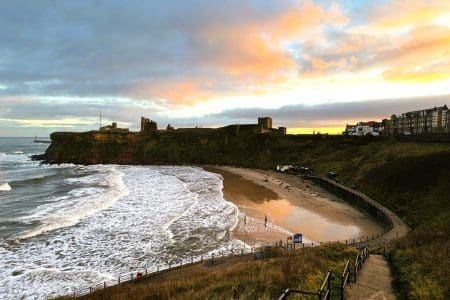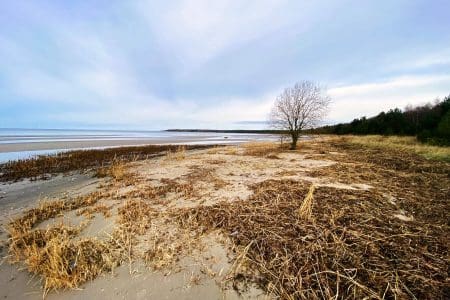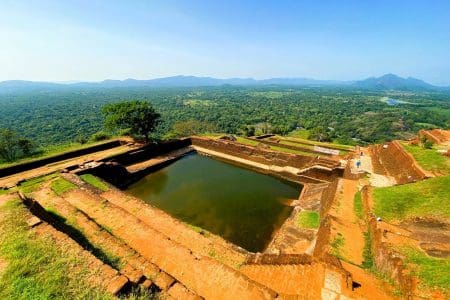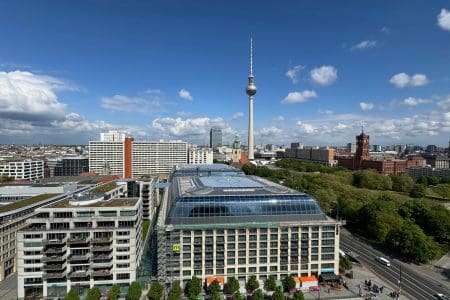The former East German state of Saxony has a wealth of history and a totally different feel to it as Mark Bibby Jackson discovers on his trip to Dresden and Radebeul, in which he visits Cinderella’s castle, takes a ride with Thomas and drops in on a Mickey Mouse Republic.
There is a scene in Trigger Happy TV when the show’s creator, Dom Jolly, dressed as a Belgian tour guide, takes a couple of unsuspecting American tourists on a tour of Bruges in a horse drawn carriage. If you have not seen the show then the allusion will most probably escape you, but please bear with me. Only it isn’t any old tour of Bruges – well, it isn’t a tour of Bruges at all – but rather of the city’s “big square”. It is on about the tenth time round the small square that the tourists eventually lose their rag, as Jolly keeps on telling them that the buildings have “windows”, and demand to be let off. It is quite easily the longest of the show’s sketches, which normally consist of gags of marauding squirrels, lifts and Jolly shouting “hello” into their mobile phones in crowded restaurants. Both show and sketch have lived with me which in part explains my aversion to escorted tours, especially those that involve transport, and for getting into lifts with squirrels.
Thus it is with some reticence that I get on a hop-on hop-off bus in Dresden, courtesy of the local tourism department, one Saturday morning with a group of Germans who do not seem capable of hopping anywhere.

Dresden is the UK’s Coventry. Not the metaphorical place where you are sent to when you have betrayed your fellow workers, but the city that was most heavily bombed in the latter stages of World War II in a game of cataclysmic tit for tat that Trump and Jong–Un might envy. It is also a city that I have both longed to and dreaded visiting, not knowing what the reaction would be to a British tourist even all these years later.
I need not have worried. Unlike Basil Fawlty, the recorded English-language tape on the hop-on hop-off bus hardly mentions the war. An oblique reference to a business person who made a fortune under the Third Reich and a statue that bears a passing reference to a Nazi salute but predates Hitler aside, the guide informs us of the history of the baroque Zwinger in the centre of Dresden, its castle, opera house, cathedral and museums, the majority of which were restored in the decades following the Allied bombing.
Zwinger literally translates as cave, for bears used to be kept here, now cars are largely banned as the city aims to reduce its carbon footprint. However, as we follow a circuitous route around the centre through which I walked the previous afternoon, after checking into the Hotel Am Terrassenufer, I do find myself wondering whether it’s Mr Jolly behind the wheel.
It had its own laws, currency, passport and coat of arms, the latter two bearing the head of Mickey Mouse, thus making it the original Mickey Mouse Republic
The previous evening, I had no such misgivings as I was led on an “anti-pub crawl” by the eccentric Danillo, a former teacher and hostel owner, who runs tours of the Neustadt by night. The “new town” on the other side of the river Elbe to Dresden, Neustadt is in fact the original settlement, with the baroque Disneyland on the other side a relative newcomer. This is where the workers of Dresden lived while the courtiers twirled their waltzes in the Zwinger, until an 18th century fire devastated it. However, it did emerge largely unscathed from the war, at least relative to its sister town across the waters.
If you are enjoying Mark’s eclectic views on travelling through Dresden, then perhaps you’d enjoy his take on cultural Leipzig.
Dresden and its Mickey Mouse Neighbour
Neustadt also has a very interesting history of its own. From 1990 to 1993 the citizens in a 0.7sqkm area declared themselves the Bunte Republik Neustadt – the Colourful Republic of Neustadt. A micro-republic much like Christiania in Copenhagen, it had its own laws, currency, passport and coat of arms, the latter two bearing the head of Mickey Mouse, thus making it the original Mickey Mouse Republic.
Despite the republic’s demise, there still exists a Bohemian spirit here that attracts a very young, artistic and political population – McDonalds is banned as are banks – and the party lives on well into the night, as Danillo demonstrated. You feel that this is a tour that Dom Jolly might enjoy. Each June, the Bunte Republik Neustadt is relived in a three-day street party and cultural festival of the same name, with DJs, balcony raves and impromptu performances.
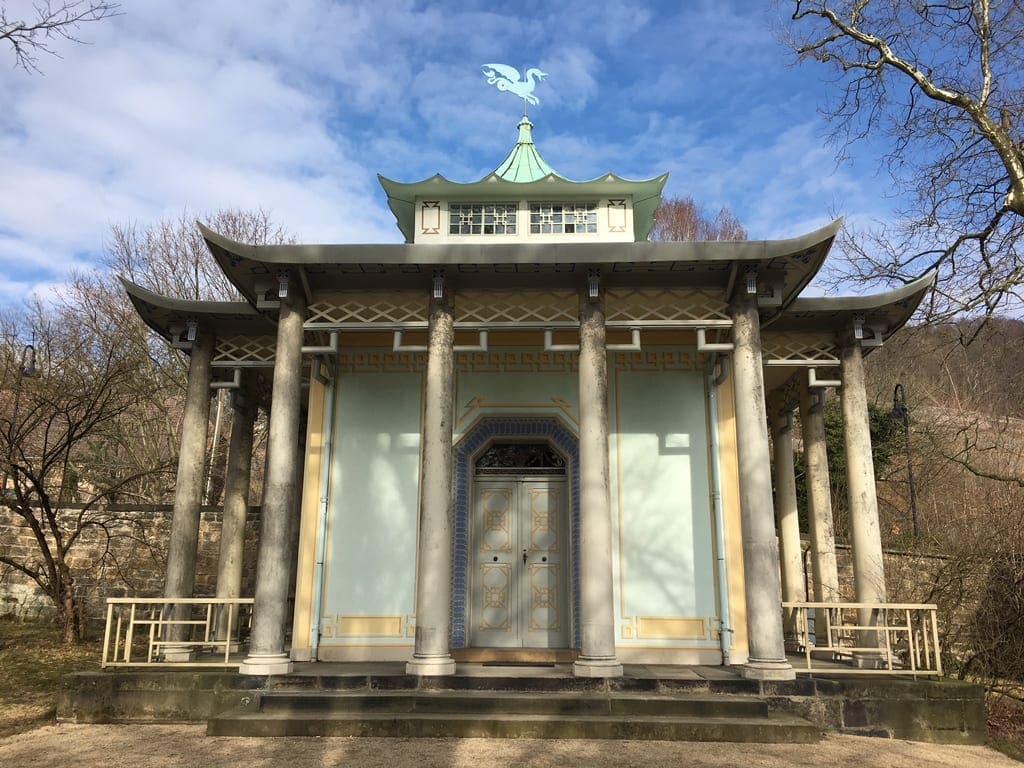
All of which seems a million miles away, the following afternoon as a second hop-on hop-off bus – apparently it’s not just in London that they come in pairs – takes me along the glorious banks of the river Elbe with their wide meadows that double up as flood plains, to my next port of call the palace at Pillnitz, which has pleasant gardens and fantastic views up and down the river, although unfortunately the castle itself is closed on our visit.
Eventually, I hop off for one last time and emerge in the centre of the Zwinger and glory in the wonderful architecture, before settling down in the main square overlooking the Church of Our Lady for a dunkel beer while the sun is setting, a highly recommended experience.
Steam Trains and Cinderella’s Castle Moritzburg
I am too old for Thomas the Tank Engine, but Ivor the Engine has always held a cherished spot in my heart – second only to The Clangers in terms of quality nonsensical children’s programmes. As such, I am looking forward to the following day’s excursion on a steam train to Moritzburg. Radebeul is a short tram ride from Dresden, and from there a steam train takes you to the castle at Moritzburg.
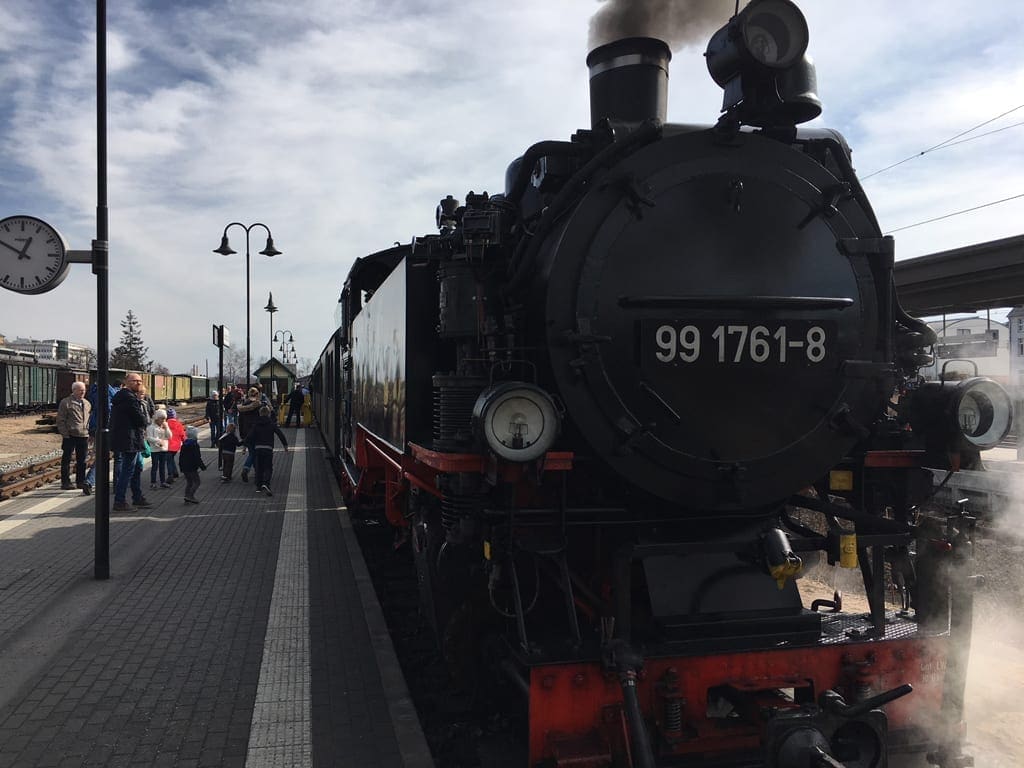
Standing throughout, as the train weaves its way beside narrow streets where car passengers await with their camera phones at level crossings and then through some beautiful forests, the smoke from the coal-fuelled engine almost chokes me. I’m reminded of the time in my late twenties when I sat on the edge of Indian rains watching the unrelenting plains of Rajasthan pass us by, although today I am accompanied by kids and anoraks rather than hair-beaded backpackers and locals peddling vegetable thalis.
Right on cue, as our train pulls into the final station, my guide for the castle and its grounds, Kristina Kroemke, is awaiting with a driver and horse-drawn cart – I did say bear with me at the outset. There are no squares in Moritzburg, only a straight road leading from the station to the castle grounds. Once I discard all thoughts of Jolly and his American prey from my mind, I relax into the trip, and admit that the gentle sound of the horses’ hooves plodding on the stone and the inevitably slow progress we make, ensure a most relaxing excursion.
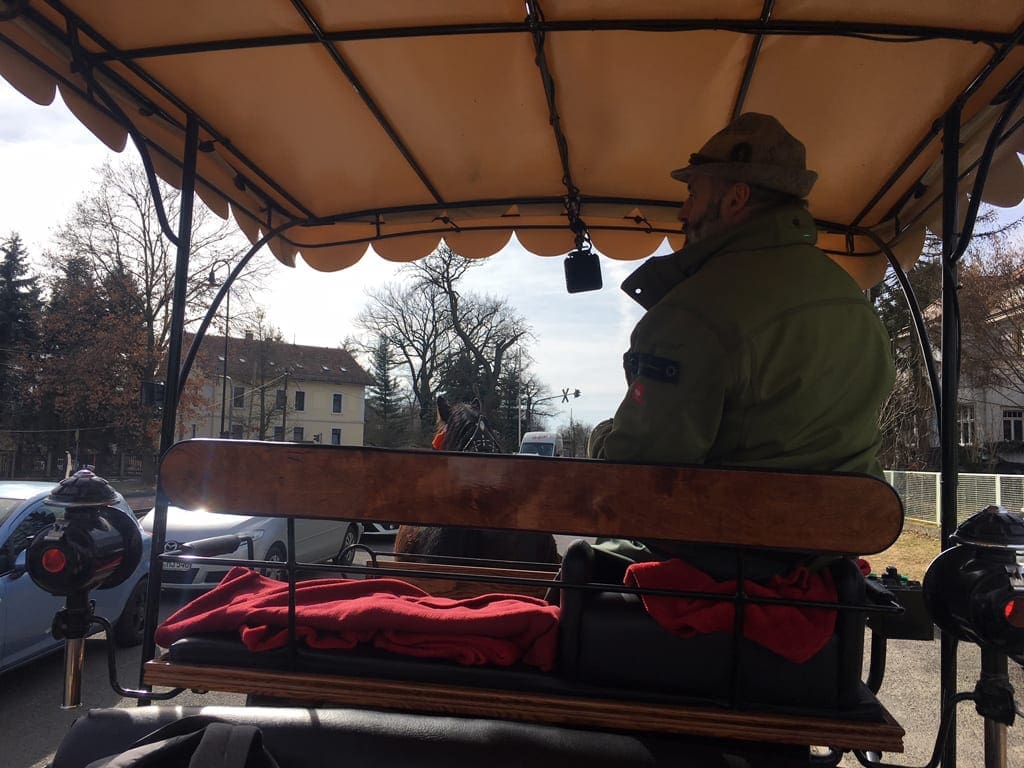
Kristina proves an amenable host, much in keeping with the Moritzburg tradition, where guests were expected to consume two litres of wine upon arrival – if you didn’t add a few kilos during your stay you weren’t invited back. Like the Zwinger, the French baroque castle was designed by the architect Matthäus Daniel Pöppelmann, for King Augustus the Strong, who died of diabetes, possibly from an excess of hospitality. Fortunately, Kristina only invites me for coffee and Eierschecke cake at the Adams Guest House, which has stood here since 1675, at the end of our journey.
As the castle is closed – it reopened in March – during our trip, we keep to the grounds which were used for hunting until the 1920s, shortly before the last king of Saxony abdicated telling his people to “do your shit alone,” a motto I’m told Elizabeth recites each night in bed.
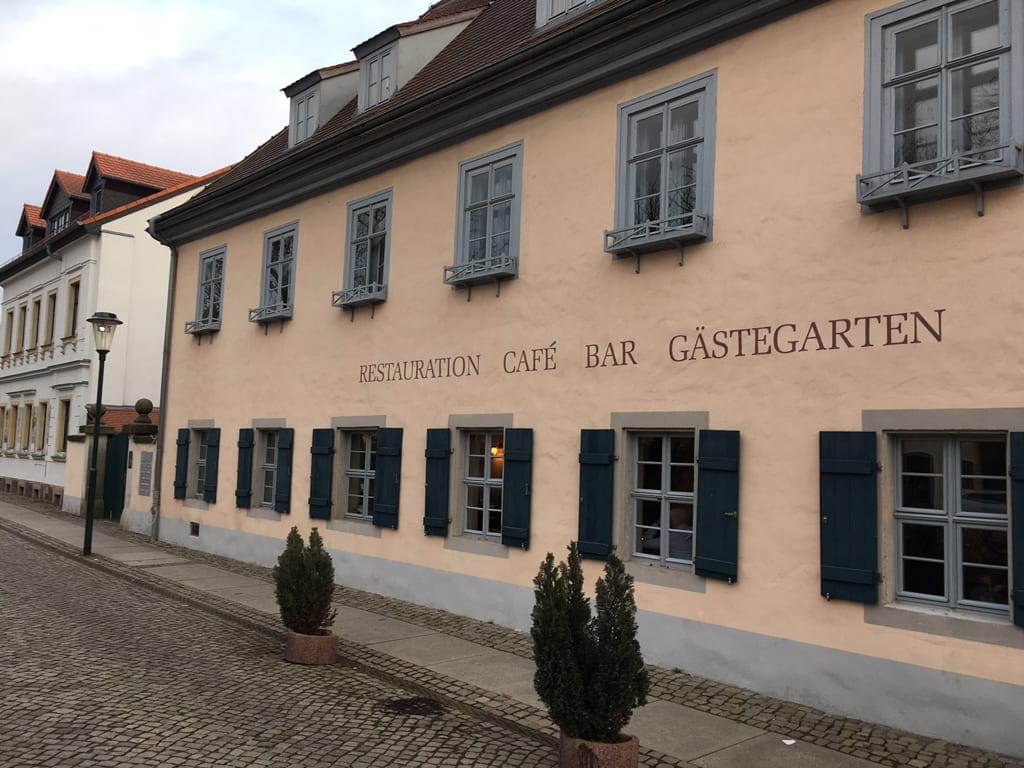
In addition to having the grand castle, used as the set for the GDR Czech Cinderella film here in the 70s, in the 13sqm Pheasant Palace, Moritzburg has the smallest palace in Saxony, built by August III, the less macho grandson of August the Strong. Sadly, there are no peacocks here any longer just their huts, but the beautiful palace has striking views down to the main palace and is set next to a large lake where a mock sea battle was fought in 1977 – possibly between Prince Charming and the Ugly Sisters.
On my way back for dinner at my hotel, the excellent Radisson Blu Park Hotel, I stop off in the town of Radebeul for another dunkel. The quaynt olde worlde charm of the place resembles a Cotswolds town – only there’s an outside chance you might be able to afford a property here. The sun is setting and I take my beer out with me to sit on the grass island in the middle of the cobble-stone road. Just then a phone goes off in the distance and someone says, “hallo” into it, but nothing can destroy the moment.
For more information on Dresden tourism., etc
For Dresden tourism click here.
You can see Trigger Happy TV’s tour of Bruges on You Tube.
Cover photo of Dresden, © Sylvio Dittrich.
